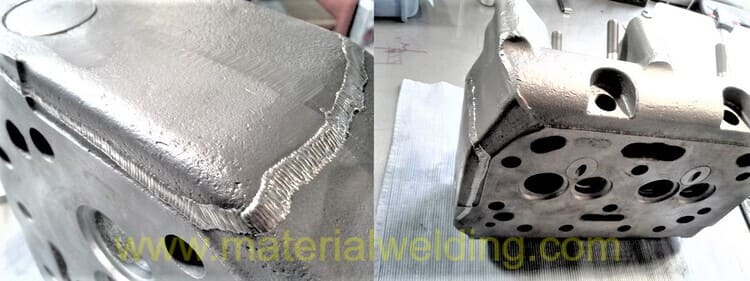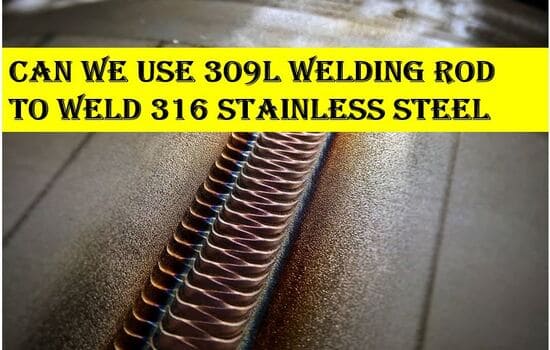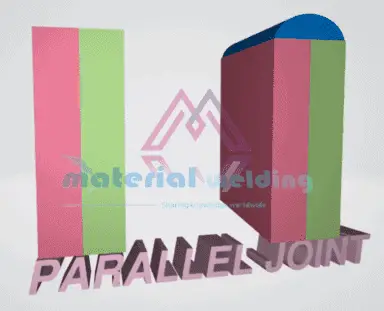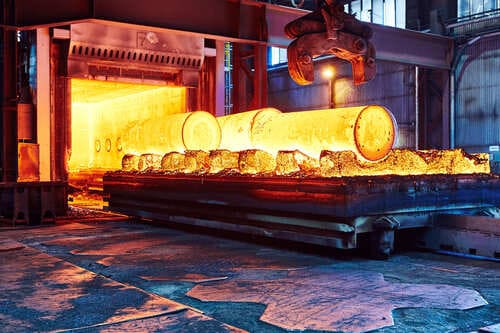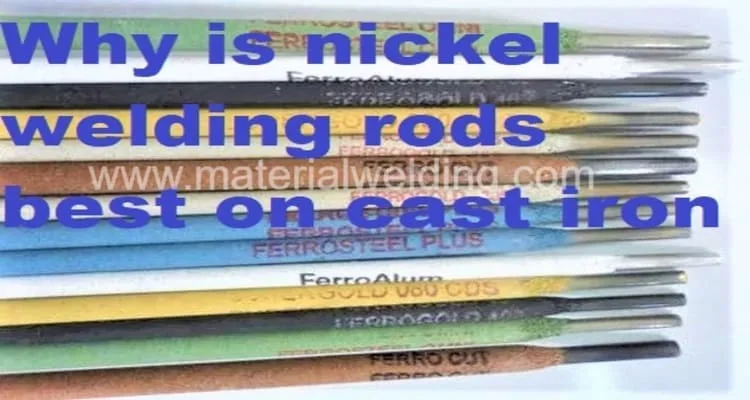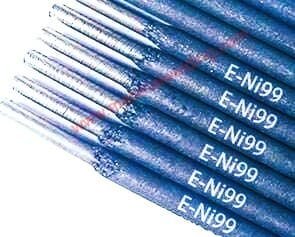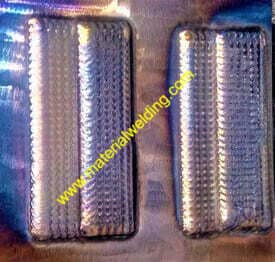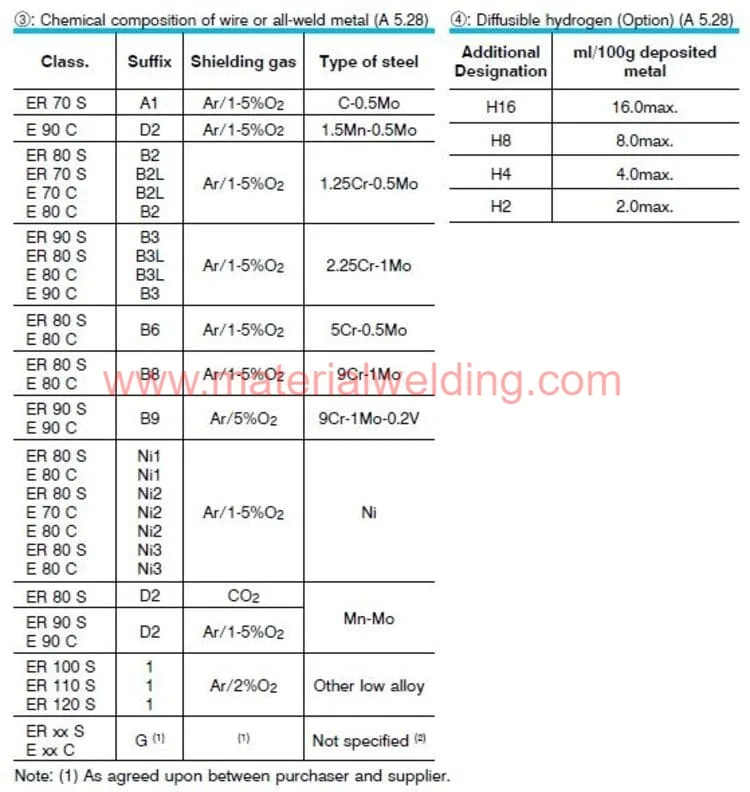Welding rods for Hardfacing
Welding rods for hardfacing offer a unique welding solution for metal that needs to be strengthened or repaired.
Hardfacing is the process of depositing one metal onto another, and welding rods allow users to apply metal without having to cut, shape and weld it manually.
The type of welding rod used depends on the hardness of the base metal being worked on.
It’s important to choose a product specifically designed for hardfacing/ surfacing as these rods contain additional elements in order to increase wear resistance and improve adhesion between metals.
Hardfacing is also called surfacing and weld buildup process where hard material is deposited on the base metal.
What is Hard Facing?
Hard facing is a welding process involves adding an additional layer to the existing surface of a metal component.
This layer consists of ultra-hard alloys, which provide increased resistance to abrasion and corrosion when compared to the original material.
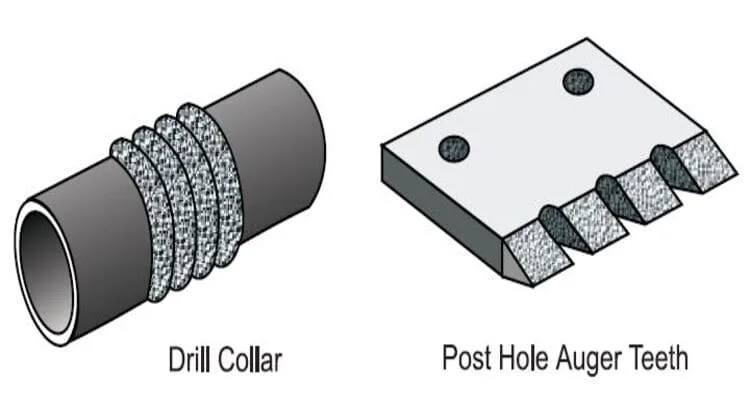
Hard facing is an engineering process used to extend the life of metal parts and components that are subjected to severe wear and tear.
Read more in depth: Hard Facing: What is it & How to do it Correctly?
The process involves adding a layer or layers of harder, more abrasion-resistant material onto the existing part or component.
This layer is typically welded into place, creating a new surface which can withstand extreme conditions for much longer than the original part or component would be able to on its own.
The primary purpose of hard facing is to reduce downtime due to maintenance requirements and costly repairs that result from natural wear and tear.
It’s commonly used in industries where heavy machinery, such as bulldozers, excavators, loaders, and other earth moving equipment are frequently employed.
Hard facing is also ideal for oilfield applications such as drilling rigs and downhole tools since it increases the lifespan of components without having to replace them entirely.
Hardfacing Welding Rod Numbers
Hardfacing welding rod numbers are used to identify the materials that have been used in a hardfacing process.
AWS A5.13 specification covers welding hard facing rods for stick welding (Shielded metal arc welding).
Following are the main four types of hard facing welding rods specified in AWS A5.13 specification:
- Iron base hard facing rods,
- Nickel base hard facing rods,
- Cobalt base hard facing rods,
- Copper base hard facing rods.
AWS A5.21 cover hard facing rods for TIG, MIG and flux cored welding processes.
Following are the types of hard facing rods covered in AWS A5.21:
- Solid and Cored Iron Base Electrodes and Rods
- Solid Cobalt and Nickel Base Bare Electrodes and Rods
- Cobalt Base Bare Electrodes and Rods
- Nickel-Base Bare Electrodes and Rods
- Copper Base Electrodes and Rods.
Hardfacing welding rod types
The American Welding Society (AWS) has set forth two specifications: AWS A5.13 and AWS A5.21, which cover the different types of hardfacing welding rods available on the market today.
The AWS A5.13 specification covers stick electrodes specifically designed for hardfacing applications such as rebuilding worn out parts or improving the surfaces of new parts under construction.
Iron Base Hardfacing Rods
Iron base hard facing rods offers good machinability and used for carbon and alloy steel hard facing applications.
Weld deposits made with EFe2 gives hardness in the range of 25–50 HRC. EFe3 gives hardness around 55–60 HRC.
As the rod number increases, so the hardness for all types of welding rods. EFe6 gives hardness of 60 HRC or higher.
Complete list of Iron base hard facing rod is given below.
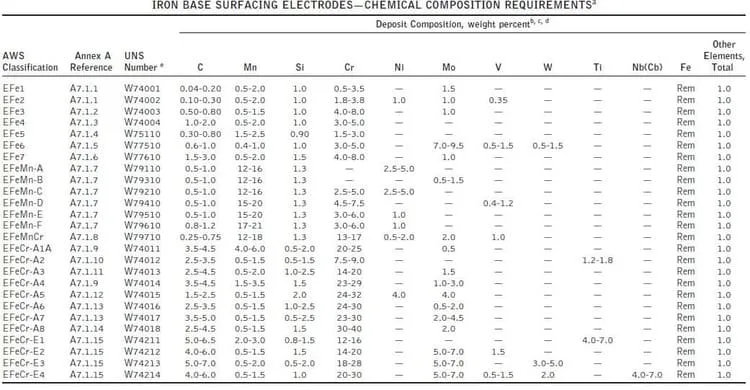
Cobalt- Nickel Base Hard Facing Rods
Cobalt Base Hard Facing Rods gives good weldability and hardness range. Most commonly used Cobalt base rod ECoCr-A (Also known as stellite 6 Rod) consists of a hypereutectic structure consisting of a network of approximately 13% of eutectic chromium carbides dispersed in a cobalt-chromium-tungsten (Co-Cr-W) solid solution matrix.
A summary of Cobalt base welding rod hardness is:
- ECoCr-A welding rod hardness range: 23–47 HRC
- ECoCr-B welding rod hardness range: 34–47 HRC
- ECoCr-C welding rod hardness range: 43–58 HRC
- ECoCr-E welding rod hardness range: 20–32 HRC
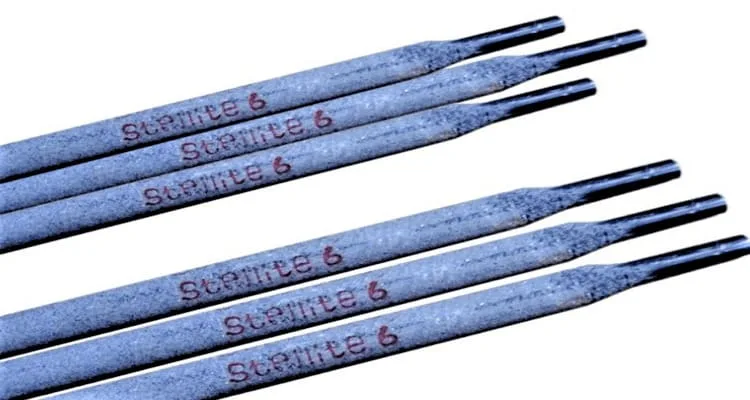
Other commonly used Cobalt base hard facing rods are ECoCr-B, ECoCr-C.
Examples of Nickel base hard facing rods are ENiCr-C, ENiCrMo-5A, ENiCrFeCo, etc.

Copper Base Hard Facing Rods
Copper base hard facing rods provide good lubrication properties and used mainly for bearing, wear-resistant and corrosion-resistant weld surfacing applications.
List of commonly used copper base hardfacing/ weld build up rods are listed below:

Hardfacing electrode specification
The two most common hardfacing electrode specifications are AWS A5.13 and AWS A5.21.
AWS A5.13 covers stick welding hard facing rods while AWS A5.21 covered hard facing rods for TIG, MIG and Flux cored arc welding (FCAW) processes.
What kinds of welding rods are best for hardfacing
When hardfacing a metal, it is important to choose the right welding rod. Cobalt base rods are best for this process because they provide superior wear and corrosion resistance.
Some of the most popular cobalt-based welding rods include ECoCr-A, ERCCoCr-A, ERCCoCr-B and ERCCoCr-C.
ECoCr-A rod is alloyed with Coblant and chromium carbides as its primary components.
This type of rod is ideal for applications that require high abrasion resistance such as buckets or augers used in mining operations.
Applications of Welding Hard Facing Rods
Hardfacing rods are used to build up worn or damaged parts, or to add a layer of wear-resistant material to a surface. They are commonly used in industries such as construction, mining, agriculture, and manufacturing, where machinery and equipment are subjected to high levels of wear and tear. Some specific applications of hardfacing rods include:
- Repairing and rebuilding worn parts on earthmoving equipment, such as bulldozer blades, excavator teeth, and grader blades.
- Hardfacing of crusher jaws, rolls, and cones to extend their service life.
- Protecting the surfaces of conveyor belts, buckets, and other components that are subjected to abrasive wear.
- Adding a layer of wear-resistant material to the surfaces of gear teeth, shafts, and other machine parts to extend their service life.
- Repairing and rebuilding worn parts on pumps, valves, and other types of fluid handling equipment.
- Hardfacing of agricultural equipment, such as plowshares, harrow teeth, and other parts that are subjected to abrasion and impact.
- Protecting the surfaces of cutting tools, such as drill bits and saw blades, to extend their service life.
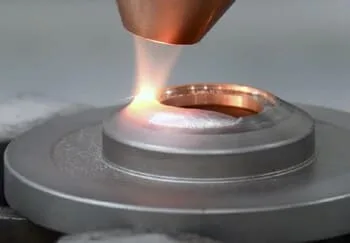
Overall, hardfacing rods are used to extend the service life of equipment and machinery by adding a layer of wear-resistant material to surfaces that are subjected to high levels of wear and tear.
